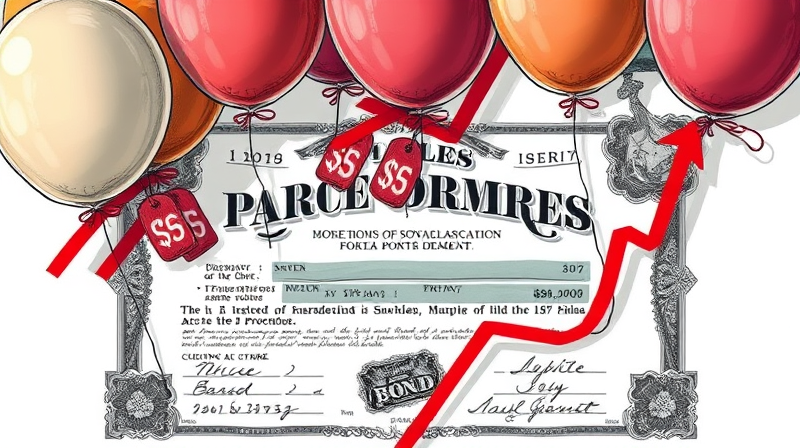
In an investment landscape marked by volatility and uncertainty, traditional portfolios comprising stocks, bonds, and cash can sometimes fall short of delivering the resilience and growth investors seek. By branching beyond these conventional asset classes, you can uncover new opportunities to spread risk across diverse vehicles and enhance long-term performance. This comprehensive guide explores the world of alternative assets, illustrating how these dynamic investment options can fortify your strategy and unlock fresh avenues for wealth accumulation.
Alternative assets encompass investments that fall outside the realm of publicly traded equities, government bonds, and cash. They include both tangible and intangible holdings, each offering unique return drivers and risk characteristics. From physical real estate to digital currency tokens, alternatives often operate on different economic cycles than traditional markets.
By diversifying into non-correlated assets, investors can potentially smooth out portfolio volatility when traditional markets experience downturns, achieving low correlation with traditional markets and greater stability. For instance, commodities like gold often rise during equity sell-offs, while private debt instruments can provide steady interest payments even when stock prices falter.
Over the past decade, investors have turned to farmland and infrastructure projects as stable sources of income, particularly in times of persistent inflation. These real assets can generate regular cash flows from agricultural yields or toll revenues, providing a hedge when purchasing power erodes and equities struggle.
Alternative assets can be broadly grouped into several categories. Each category carries its own set of benefits, risks, and considerations:
Tangible assets such as real estate or precious metals provide physical backing and often act as inflation hedges, whereas financial alternatives rely on active management and market arbitrage strategies. Digital assets represent a frontier of decentralized finance, offering unique yield-generation through staking or lock-up periods.
As retail platforms democratize access, individual investors can now participate in crowdfunding for real estate developments or support early-stage startups alongside institutional backers. This shift has broadened the landscape, allowing smaller investors to benefit from opportunities once reserved for large funds.
Incorporating alternative assets into your portfolio offers several compelling advantages. These include diverse uncorrelated return drivers that may perform independently of stock markets, reducing overall volatility during economic turbulence.
Beyond downside protection, many alternatives have historically provided potential for enhanced returns over time. Private equity funds, for example, have outperformed public markets in periods of low interest rates and stable growth, rewarding patient capital with outsized gains.
Institutional investors have long recognized these benefits. Pension funds and endowments, aiming to meet future liabilities, often allocate 25% or more to alternatives, underscoring their role in modern portfolio design.
Crafting a thoughtful allocation to alternative investments requires careful planning and ongoing management. Follow these core principles to construct a resilient strategy:
Begin by defining your overall portfolio objectives—whether they focus on income generation, capital appreciation, or a combination. Then determine what portion of your capital you can comfortably commit to less liquid, higher-return opportunities without jeopardizing emergency needs or short-term goals.
Regularly review performance metrics for each holding. Use clear benchmarks—such as rental yield targets for real estate or internal rate of return (IRR) goals for private equity—to measure progress and make informed rebalancing decisions.
While alternative assets can unlock meaningful diversification, they also introduce specific challenges. Illiquid investments may tie up capital for years, and subjective valuation methods can obscure true market value. Fee structures, including management and performance fees, can erode returns if not carefully negotiated.
To navigate these complexities, maintain a clear risk framework. Allocate a portion of your portfolio—often between 10% and 30%—to alternatives, adjusting based on evolving market conditions and personal circumstances. Regular monitoring and annual rebalancing ensure that you capture gains and control exposure.
Stay informed about regulatory changes, especially in areas like cryptocurrency and peer-to-peer lending. Emerging rules can impact access, custody, and tax treatment, so proactive awareness and professional advice are critical to safeguarding your investments.
Embarking on your alternative asset journey can feel daunting, but you can simplify the process by starting small—allocate a modest percentage to a single asset category and gradually increase exposure. Leverage expertise by choosing funds or platforms with established track records, and educate yourself on market trends, regulatory changes, and sector developments. Finally, seek professional advice from financial advisors who specialize in alternatives to ensure your approach aligns with your goals and risk tolerance.
Tracking your performance and adjusting your approach over time builds confidence. Utilize investment software or portfolio trackers that can integrate private and public holdings, giving you a holistic view of progress and risk.
As global markets evolve, alternative assets are poised to play an increasingly central role in portfolio construction. Institutional investors have already committed trillions to private markets, and retail platforms are democratizing access like never before.
By thoughtfully integrating these dynamic investments, you embrace a forward-looking philosophy that seeks both growth and resilience. Armed with access to unique growth opportunities and a clear strategic framework, you position yourself for long-term success in an ever-changing financial landscape.
Start your journey today, and unlock the transformative power of alternative assets to create a more diversified, robust portfolio designed for tomorrow’s challenges and opportunities.
References













